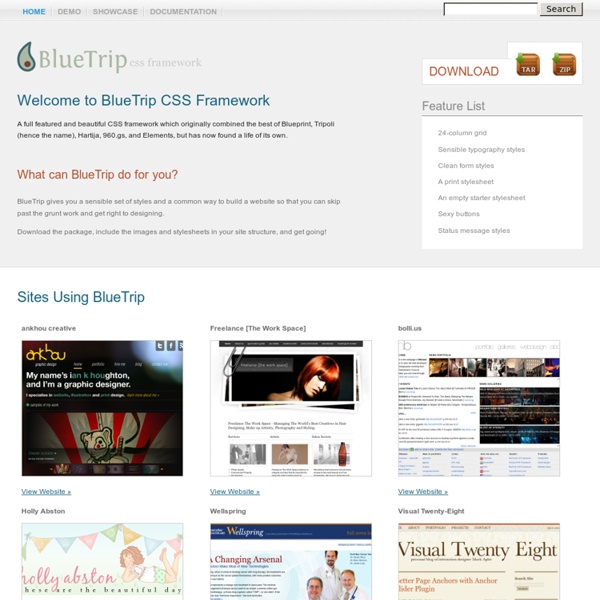



20 Websites To Help You Learn and Master CSS CSS can be both a tricky and easy to learn. The syntax itself is easy, but some concepts can be difficult to understand. It’s super important to understand because your website’s reputation partially relies on it, as it is the backbone of your web design. This article features 20 excellent websites to help you “grok” CSS. There’s a wide range of websites included – from blogs to directory-style lists and websites that focus on one particular topic related to CSS. 1. A List Apart, the premier site to read articles about web design and best practices, has a collection of articles on the topic of CSS dating back to 1999. 2. CSS Help Pile is an aggregate of CSS resources, tips, and how-to’s. 3. CSS Basics is formatted like a book with 18 chapters dedicated to educating readers about fundamental CSS concepts. 4. Holy CSS Zeldman (not a site by Jeffrey Zeldman) is a useful collection of resources that link to standards-based CSS tutorials, tools, and layouts. 5. 7. /* Position Is Everything */
Web Design Resource - 25 Sites to download Free Web Templates Learn how to earn $125 or more per hour as a freelancer - Click Here Looking for hosting?. We recommend MediaTemple for web hosting. Use Code MTLOVESDESIGN for 20% off The open source is a great way to implement the newest ideas and latest concepts into design., Check out these 25 websites that offer quality website templates for free download (under creative-commons) – some of these sites give some stylish web designs that’s worth to download and have a look 1. 2. 3. 4. 5. 7. 8. 9. 10. 11. 12. 13. 14. 15. 16. 17. 18. 20. 21. 22. 23. 24. 25. Complete set of image hosting with exclusive collection of 156-215.70 braindumps provide you complete knowledge of F50-531 and jncia exams so you will pass your final hp ais exam in first try. About brantwilson Brant Wilson is a staff writer for the DesignMag network.